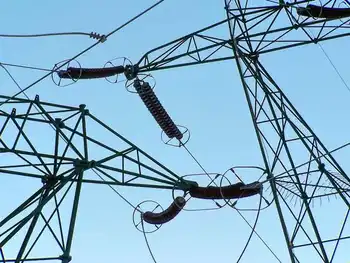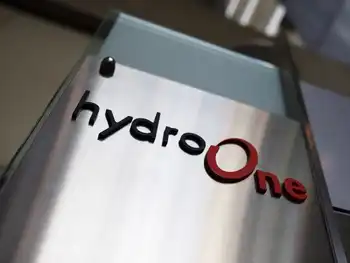Ohio power plant called a fish 'killing machine'
By The Detroit News
CSA Z462 Arc Flash Training - Electrical Safety Essentials
Our customized live online or in‑person group training can be delivered to your staff at your location.

- Live Online
- 6 hours Instructor-led
- Group Training Available
First Energy's coal-fired Bay Shore power plant in Oregon, Ohio, sits near the point where the Maumee River empties into Maumee Bay. It is an area renowned as a spawning ground for fish species, particularly walleye. Many of those fish migrate through the Detroit River into Lake St. Clair and farther northward. Figures the company supplied show the plant kills 126,000 fish a day — a number environmental groups say is unacceptable.
"To catch and then eat fish, we need a license, and there are rules and penalities that trigger when more than six walleye and 25 perch are caught in a day," said Sandy Bihn, director of the Western Lake Erie Waterkeeper Association, during a teleconference Monday. "(Company) studies show that 24,000 walleye and 12,000 various size (juvenile and larval) walleye and perch, on average, are killed every day. Yet First Energy pays nothing and does little to nothing to reduce the kills."
The plant has been in operation since 1955 and features a trio of coal-fired units and one oil-fired unit. According to First Energy's Web site, the plant produces 648 megawatts of electricity, employs 202 people and contributes $1.98 million to the local tax rolls.
What it's missing, opponents say, is a cooling tower — an addition that would greatly reduce the amount of water needed to be taken in via underground pipes from the river. That intake causes fish young and old to be trapped and killed in large numbers — as many as 46 million a year, Bihn said.
First Energy officials, however, said the numbers being used by environmental groups are misleading. Spokesman Chris Eck said that while the plant does indeed take in 46 million fish a year through its intake pipe, far fewer are killed. Anywhere from 2 percent to 60 percent of fish survive, depending on the species in question, he said.
In addition, he said, the company is breaking no laws. "We comply fully with the regulations in our current EPA-issued permit and will continue to do so," Eck said. "There is a new (federal) rule in the works that is expected to be enacted by this fall that will impose some limitations on our impact on aquatic life. When that rule is released we will find a way to comply with that."
Members of the Western Lake Erie Waterkeeper Association and the Ohio Environmental Council want the state to fine Akron, Ohio-based First Energy and compel the company to build a cooling tower on the site. The cost of that tower should not be passed on to the energy users, they said.
"We really do feel the shareholders should have to bear the burden of that rather than the ratepayers," said Kristy Meyer, director of agricultural and clean water programs for the nonprofit Ohio Environmental Council.











